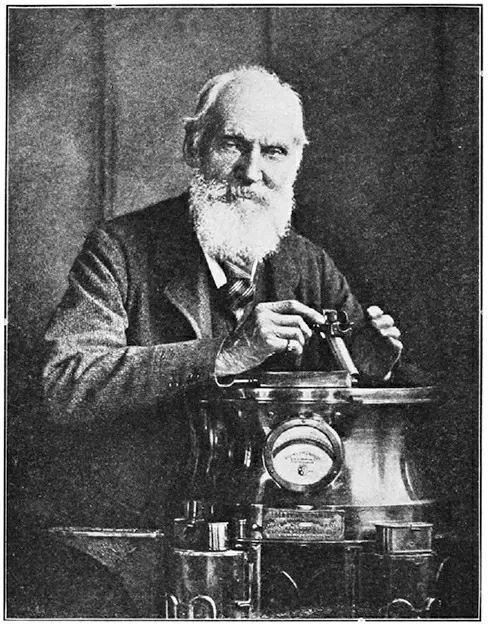The quest to ascertain the age of our planet was spearheaded by William Thomson, better known as Lord Kelvin. A pioneer in thermodynamics, Kelvin attempted to calculate the Earth’s age based on the assumption that it had cooled from a molten state. His initial estimates in 1862 ranged from 20 to 400 million years, later refined to 20 to 40 million years.
Kelvin’s work sparked a significant debate in the scientific community of the nineteenth century. Geologists and advocates of uniformitarianism, like Charles Lyell, argued that this timeframe was insufficient to account for the extensive geological formations and climate cycles they observed. Similarly, proponents of natural selection, such as Charles Darwin, found the estimate too brief to explain the gradual evolutionary changes evident in the fossil record.
The breakthrough in accurately dating the Earth came with the discovery of radioactivity in 1896. Radioactive age-dating techniques unveiled a crucial oversight in Kelvin’s model: the presence of an internal heat source from radioactive decay, notably of elements like uranium. This revelation dramatically revised the Earth’s age estimate upwards to several billion years.
Modern techniques, particularly radioactive age-dating of meteorites, have refined this estimate to a remarkably precise 4.567 billion years, with a small margin of error. These findings underscore the Earth’s ancient origins and provide a more comprehensive understanding of its geological and evolutionary history.

